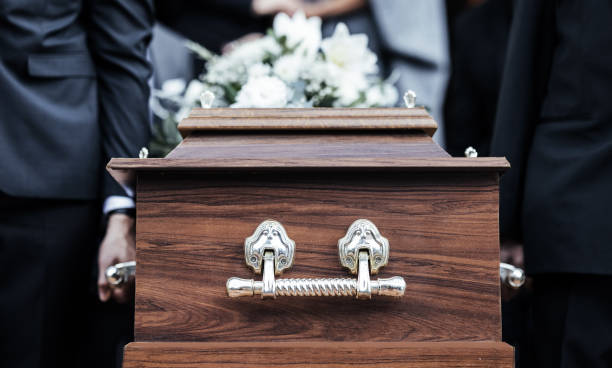Planning a funeral luncheon can be a challenging task for families and friends who have lost a loved one. It is a time when people come together to honor and remember the life of the deceased, and provide support to each other during a difficult time.
In this step-by-step guide, we will provide a comprehensive outline of the key elements involved in planning a funeral luncheon, including budgeting, menu selection, and activities. By following these steps, families can ensure that the event is meaningful and memorable for all attendees.
The first step in planning a funeral luncheon is to establish a budget. Families should consider the number of attendees and the type of food and beverages they would like to serve. This will help them determine the appropriate budget for the event.
Once a budget has been established, families can begin to make decisions about menu selection, venue, and activities. It is important to consider the preferences of the deceased and their family, as well as any cultural or religious traditions that may influence the event.
By planning ahead and taking these factors into consideration, families can create a meaningful and respectful funeral luncheon that celebrates the life of their loved one.
What is a Funeral Luncheon?
According to the pre-existing knowledge, a funeral luncheon, also known as a ‘repast’, is a gathering of family and friends after a funeral service. The purpose of the luncheon is to provide a space for loved ones to gather and share memories of the deceased while enjoying food together.
Funeral luncheons are a longstanding tradition in many cultures and are an important part of the mourning process. While the basic premise of a funeral luncheon remains the same across cultures, there are variations in customs and traditions.
For example, some cultures may have specific foods that are traditionally served at a funeral luncheon, or certain rituals that are observed during the event. It’s important to be aware of any cultural variations and to respect the wishes of the family when planning a funeral luncheon.
Planning and Preparation
To effectively organize a post-funeral gathering, careful consideration of logistical elements such as venue capacity and budget must be made to ensure a comfortable and meaningful experience for all involved.
Families should come up with a budget before planning the luncheon and create a headcount to determine the number of guests and budget.
When selecting a venue, it is important to ensure that it can accommodate the number of guests expected. Additionally, families should consider the location’s accessibility, parking availability, and any special amenities that might be required, such as wheelchair accessibility or a private room for a quiet moment.
Finally, families may want to consider the time and date of the luncheon, as well as the type of invitations that will be sent out.
When planning a funeral luncheon, it is crucial to consider budgeting tips to ensure that the gathering is affordable for all attendees.
This includes selecting a venue that is within the family’s budget and choosing menu options that are cost-effective, yet still appropriate for the occasion.
Families should also consider dietary restrictions and preferences of attendees when selecting menu items.
In addition to budgeting, venue selection considerations should also be made, such as choosing a location that is convenient for all guests and has ample parking.
Finally, families should consider the time and date of the luncheon, as well as the type of invitations that will be sent out.
By taking these factors into account, families can plan a funeral luncheon that is both meaningful and affordable for all involved.
Food, Beverages, and Activities
Food, beverages, and activities are important elements to consider when organizing a funeral gathering. The menu options for a funeral luncheon are virtually endless, ranging from finger foods to entr鑼卐s and sides, to platters. It is important to consider the dietary restrictions and preferences of attendees when planning the menu.
Beverages such as coffee, tea, soft drinks, water, and juices can be served. Families may also choose to serve alcoholic beverages, but they need to check with the venue beforehand.
In addition to the food and beverages, families may also want to plan activities for the gathering. These activities can include an open mic for sharing memories, tribute videos, memory Jenga, crossword puzzles, and painting memorial rocks. Lighthearted activities can encourage mingling and socialization among attendees.
Families may also want to consider setting up photos, poster boards, and memorial keepsakes for viewing. Music should create a connection between the deceased and those in attendance, and it is important to ensure that there is a way to play music at the venue. Above all, it is important to avoid inappropriate jokes or behavior during the gathering.

![How To Make Casket Handles [Step By Step Guide]](https://dacoffin.com/wp-content/uploads/2023/03/How-To-Make-Casket-Handles.jpg)
